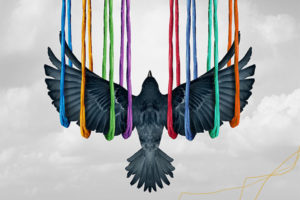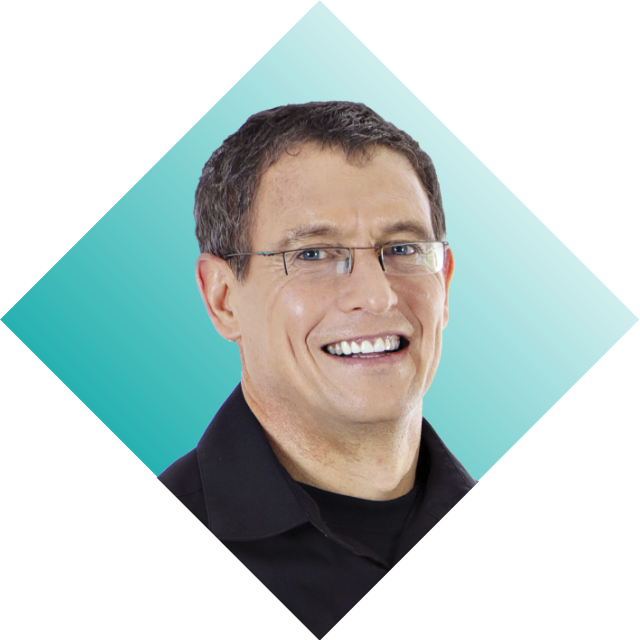Do you tap?
Your credit card, that is, not the dance. Relatedly, do you know the basics of how a credit card transaction works, the interaction between your card and the terminal? Remember, as Einstein pinpointed, if you can’t explain something simply, you don’t understand it well enough, and – given how rapid and easy tapping is – this may be putting you at greater risk of credit card fraud.
This is a microcosmic example of the complexity of our modern word, how risks and uncertainties lurk in plain sight.
Why Strategic resilience is basic business
Risk has undoubtedly occupied the minds of businesspeople since – well, the dawn of trading! In recent decades business risk has been studied mainly in the shape of competitive threats, with business leaders and strategists developing models and approaches to come out on top. Michael Porter’s 1979 Five Forces framework, recently updated to Six Forces, for example, remains relevant. Intel Corporation pioneer Andy Grove took competitive threats very seriously. ‘Staying paranoid’ was his tenet, encapsulating his belief that someone would inevitably upend the industry.
“It’s your job as a leader to spot those times coming before they arrive, so you can respond before it’s too late,” he warned. His preparatory approach and counter-strategy was to focus, to strive for supremacy at what Intel did best, and “outrun the competitors through the valley of death with focus”. It worked: Grove transformed Intel into the world’s leading manufacturer of semiconductor chips and microprocessors.
Focus gives craft, skill, dedication and mastery to what may still be the best buffer against risks. But it should be weighed against the merits of diversifying, what we colloquially call ‘covering our bases’, or ‘hedging our bets’. “I give the talkies six months, no more. At the most, a year. Then they’re done,” said Charlie Chaplin in 1931. By then talkies had been in movie theatres for five years. Still, he resisted the hugely popular technology change from silent movies until 1940, by which time he had been surpassed by dozens of other actors and filmmakers.
At least Chaplin was able to see what he was up against, what the risk looked – and sounded – like. One of the biggest problems we face in today’s increasingly uncertain and complex world is that there are issues we are aware of but don’t understand and – even riskier, in theory – we don’t know what we don’t know.
If this sounds very complex, it is! Statistician and author Nassim Taleb is probably the foremost current theoretician and analyst on matters of risk. His seminal 2007 book The Black Swan highlighted flaws in how we think about risk, and the implications. One of the book’s many watchouts is that we overvalue highlighted facts – especially when presented by experts who, Taleb shows, are no better at predictions than anyone else; they’re just as susceptible as a lay person to blind spots, an inability to quell assumptions, and conventional modes of thinking.
So, if even experts are unreliable in helping us cope with the increasing burden of risk, perhaps we should revert back to ourselves. However, our identities, and how we forge them, come with risks attached. Seventy years ago the political philosopher Frantz Fanon observed about the power of our beliefs: “Sometimes people hold a core belief that is very strong. When they are presented with evidence that works against that belief, the new evidence cannot be accepted. It would create a feeling that is extremely uncomfortable, called cognitive dissonance. And because it is so important to protect the core belief, they will rationalise, ignore and even deny anything that doesn’t fit in with the core belief.”
Hubris or humility? Ego or openness?
Basically, the more effort that goes into forging a belief, the greater the reluctance to adjust it. This has huge implications for leaders and high performers in business.
Many leaders, having built their success with great effort and a wellspring of self-confidence and self-belief, face a major disconnect when their decisions, ways-of-working, their very business idea, may be losing relevance. Like Charlie Chaplin, they may refuse to acknowledge what is staring them in the face.

To phrase this as a risk, one which requires constant assessment, is to ask, ‘Are we staying relevant?’ We should embrace the inevitability of change and be alert to early warning signals.
There’s an illustrative moment in the television series, Chef’s Table, when the head chef of a three-Michelin star restaurant in Girona, Spain, tells his employers he is going to take an ice-cream making course. Recognised as the world’s best pastry chef, doesn’t Jordi Roca know enough? “It’s complicated [and] it’s important to understand you don’t know anything,” he responds.
Roca’s mindset is attuned to the essence of understanding risk, I believe. Handling it, coping with its fallout, or seizing its opportunity – it’s a mindset that stays humble, probes for different perspectives, and is willing to unlearn the things that have brought success in the first place.
Anything could happen next

One of the world’s leading statisticians, social researchers and critical thinkers, the late Hans Rosling, was a keen solo cross-country runner. In the foreword to his posthumous book How I Learned to Understand the World, his wife Agneta notes that he was a ‘possibilist’ – but he always ran with a map and a compass. He wanted to be sure that he could find the way.
The anecdote points to what is possibly our best risk-mitigation approach and twenty-first century coping mechanism: to prepare as best we can, but live with optimism.
Contact LRMG for risk mitigation solutions that suits your business.
Sources:
- Basic and detailed Risk Classification models can be found online, for example in the Journal of Risk Research.

